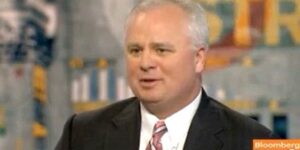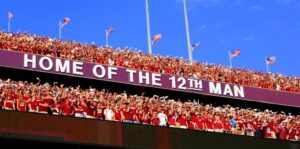
Building Employee Loyalty in a Liquid Labor Market
Is concern over employee loyalty keeping you up at night? You’re not alone. Here’s one recent scenario: An executive team at a large healthcare system

Is concern over employee loyalty keeping you up at night? You’re not alone. Here’s one recent scenario: An executive team at a large healthcare system

“Loyalty means leaving when you are no longer motivated,” writes Lee Caraher in her new book The Boomerang Principle. At the heart of Caraher’s quote

How can employers win the hearts and minds of today’s workforce? The TalentCulture community takes a closer look — for better or worse.

Are you selling products to a market? Or are you investing in relationships that will lift your brand? Community counts.

Business leaders who truly want to engage employees look beyond the obvious. Meghan M. Biro outlines 5 core questions companies should answer

Want loyalty and engagement from your employees? If you’re a leader, the best place to look for solutions may be in your own leadership style